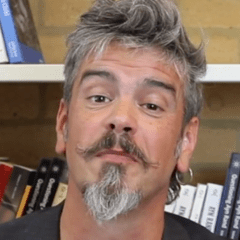You are not currently logged in. Please create an account or log in to view the full course.
What Makes a Ghost Story?
- About
- Transcript
- Cite
Comparing Literary Texts
In this course, Dr Neil Cocks (University of Reading) discusses comparing literary texts, focusing on texts that are ghost stories. In the first module, we discuss what makes a ghost story and M.R. James’s fives rules for ghost stories. In the second module, we analyse Source 1: The Turn of the Screw (1898) by Henry James. In the second model, we analyse Source 2:
What Makes a Ghost Story?
In this module, we explore what makes a ghost story, focusing on: (i) M.R. James, a writer best known for his ghost stories; and (ii) M.R. James’s five rules for ghost stories.
Cite this Lecture
APA style
Cocks, N. (2024, March 25). Comparing Literary Texts - What Makes a Ghost Story? [Video]. MASSOLIT. https://massolit.io/courses/comparing-literary-texts
MLA style
Cocks, N. "Comparing Literary Texts – What Makes a Ghost Story?." MASSOLIT, uploaded by MASSOLIT, 25 Mar 2024, https://massolit.io/courses/comparing-literary-texts

